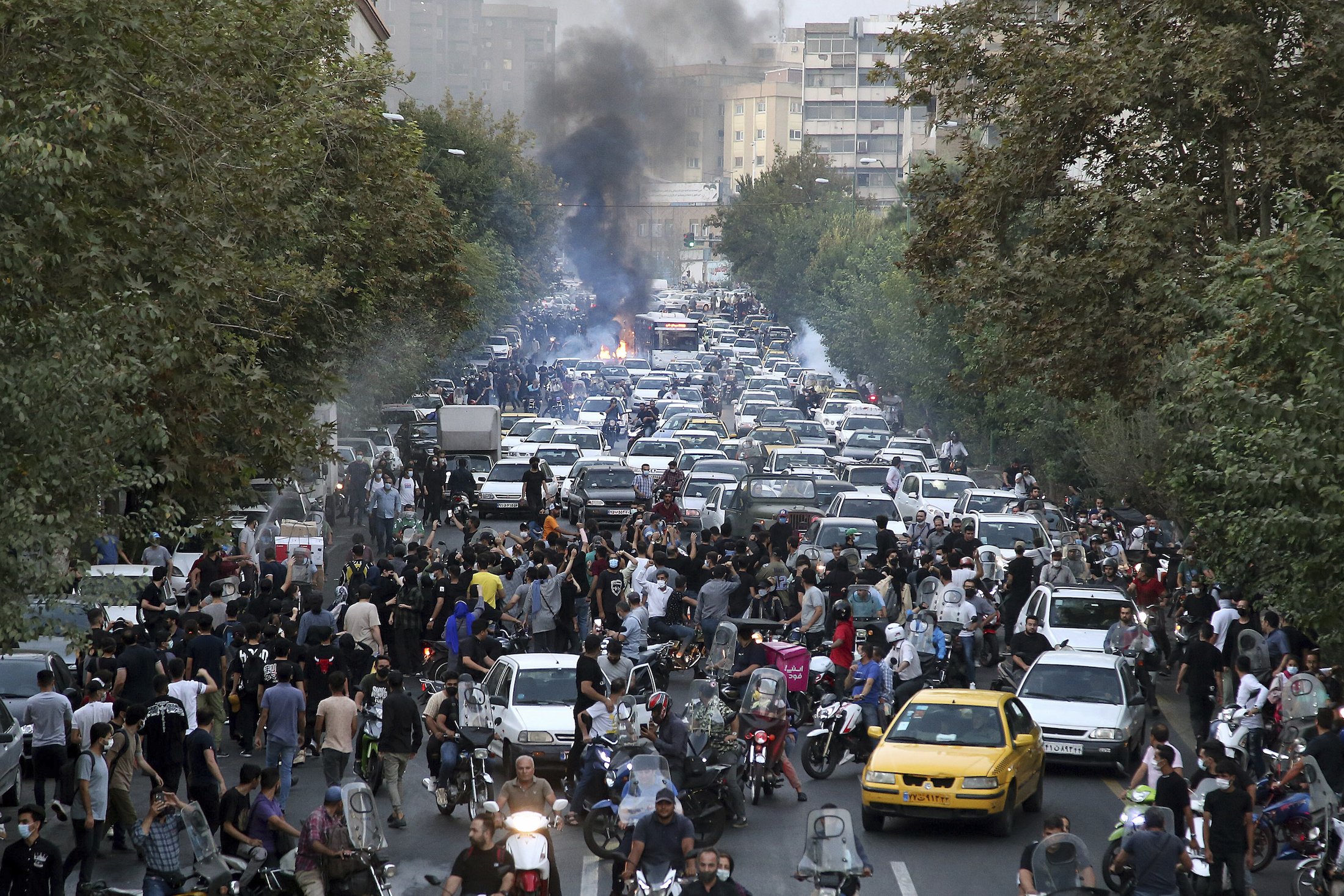The Islamic Republic — a history of inequity
By Andrea Chow
Image: AP Photo
When Supreme Leader Ayatollah Khomeini announced the unethical hijab law in 1983, Iran witnessed mass protests. When Mahsa Amini was killed in 2022, history repeated itself.
She died of a “heart attack”, Iranian authorities claimed, days after their own Security Morality Police had assaulted Amini, leaving her in a mortal coma. Her death sparked women-led protests which involved the burning of hijabs, chopping of hair, making of signs and campaigning on the streets for freedom. Attracting international media attention, Iranian women have exposed the regime of their current president, Ebrahim Raisi.
Unfortunately, the Iranian government frowns on the expression of dissent. Thousands of protestors are currently being arrested, interrogated, and even killed by the morality police. Despite the extremity of the punishments, Raisi’s leadership is not alone in the series of draconian Iranian governments.
Throughout the history of the Islamic Republic, there have been episodes of unjust treatment of protestors. When students peacefully protested against the closure of a reformist newspaper named “Salaam” in 1999, under the rule of Mohammad Khatami, police beat them with clubs and set rooms on fire; ultimately killing over four people and detaining around 1,200-1,400. In 2009, under the rule of Mahmoud Ahmadinejad, police once again killed at least 100 people and detained no less than 4,000 for wanting democracy. Recently in 2017-18, 2019, and 2020, more protests have occurred and the number of the deceased and detained in those protests is just as terrible.
Iran has built up a very conservative and militaristic reputation in the past few decades. To build such a reputation, the government implemented oppressive policies such as the compulsory hijabs for women law, using its morality police to silence protestors as a means to maintain control.
Before the establishment of the Islamic Republic: when the Shah ruled Iran, women earnestly wore the hijab out of their own free will. After the republic’s establishment, the government forced women to wear hijabs, justifying the policy through ambiguous extracts of religious text (from the Quran and the Hadiths).
By forcing women to wear hijabs, the regime takes away their bodily autonomy. If these women violate the policy, they would end up like Amini - arrested and possibly even killed by the morality police.
Another impact of these repressive laws is the undermining of Iranian women. For instance, the Guardian Council disqualified a female reformist candidate named Minoo Khaleghi because she was seen shaking hands with a man. Ayatollah Ali Khamenei, the supreme leader of Iran at the time, shamed her. He stated that she overturned “the principles of Iranian-Islamic dignity,” thereby undermining the powerful woman.
The Islamic Republic also uses their power to oppress other religions. Under the hijab law, women have to wear the garment whenever they are in public. This requirement means that other religious dress is unwelcome. In other words, it takes away the fundamental human right to freedom of thought, conscience, and religion.
The solidarity rallies around the world triggered by Amini’s death are common for the Islamic Republic and their oppressive policies.

